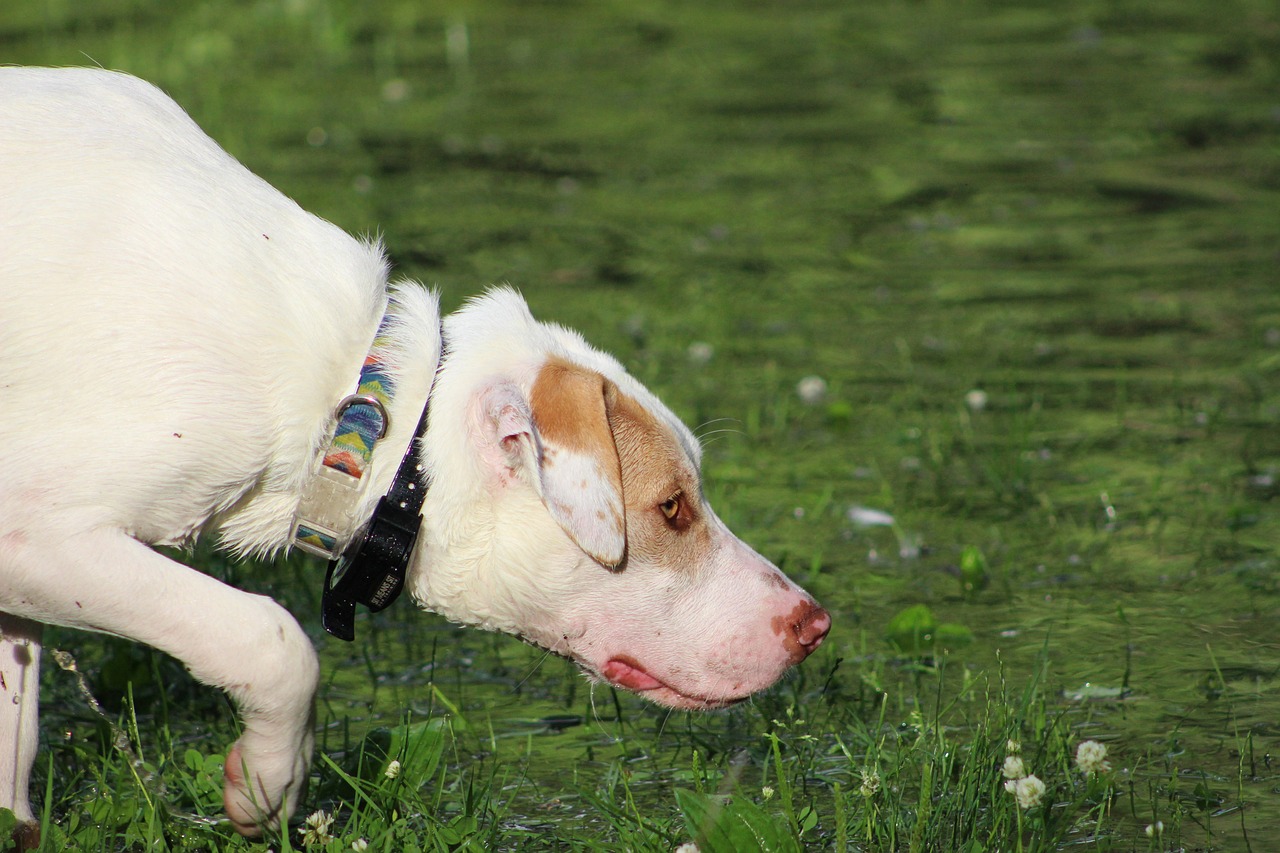If your dog goes absolutely crazy at the sight or smell of animals on a daily walk, they are likely acting on instinct – tapping into their drive to hunt prey. Prey drive in dogs is a primal instinct, reminiscent of their ancestors’ need to hunt for survival. This behavior is entirely natural, but it often presents unique challenges for modern 21st-century dog owners. Satiating this natural drive while keeping your dog and the wider community safe is tough, but it can be overcome through knowledge and a structured plan.

What Is Prey Drive in Dogs?
Prey drive is an instinctual dog behavior stemming from their unique history. To survive in the wild or assist humans with hunting, dogs evolved the desire or need to chase and capture prey. Unlike aggression, which is motivated by dominance or fear, prey drive is triggered by the movement of potential prey, whether it be small animals, toys, or even leaves blowing in the wind. This behavior is characterized by a sudden interest, followed by a chase and, in some cases, capture and retrieval.
Prey drive varies significantly across breeds and individual dogs. Breeds historically used for hunting, herding, or working are more likely to exhibit strong prey drives. However, this instinct can surface in any dog, regardless of breed, when stimulated by the right conditions.
Key indicators of prey drive include:
- Intense fixation on moving objects.
- A tendency to chase after birds, squirrels, or even smaller household pets.
- A general propensity for tracking and following scents.
When you notice these actions in your dog, you should start looking into your next steps. By redirecting these instincts through training and exercise, you can help them expel their energy and engage with their wild side in a healthy way.
Integrating Prey Drive into Obedience Training
Leveraging a dog’s prey drive in obedience training can be a powerful technique to enhance their learning and responsiveness to training. However, immediately teaching your dog to hunt outside shouldn’t be a starting point. Training should begin with basic commands that establish control and focus, such as the classic “come,” “sit,” and “stay” commands.
After that, the “leave it” command is particularly effective for dogs with high prey drives, teaching them to ignore potential “prey” on command. Incorporating play that simulates hunting behaviors, like tug-of-war or fetch with specific cues, can also satisfy their instinctual needs while reinforcing your role as the leader in your dog’s eyes.
Beyond Basic Training – Enrichment and Exercise
Some dog breeds have hundreds or thousands of years of history where all their ancestors did was hunt or track to aid their human owners. Activities that mimic these challenges can offer enriching experiences that satisfy their instinctual urges in a controlled manner. Engaging in dog sports like lure coursing, where dogs chase a mechanically operated lure, or participating in herding trials for breeds with a herding background can be incredibly fulfilling. Scent work exercises, which involve tracking scents, also cater to their natural desire to hunt and track.
Regular, vigorous exercise is usually accomplished through these activities, but additional exercise can help mitigate excessive prey-driven behaviors by keeping dogs mentally and physically stimulated. Finding the right balance of exercise, training, and enrichment activities is the key to a happy, well-adjusted dog.
If you’re unsure where to start or need more guidance on integrating prey drive into your dog’s routine, reach out to Gulf Coast K9 Dog Training today. We can provide personalized strategies or help your dog learn the basics to enrich your further training sessions.




